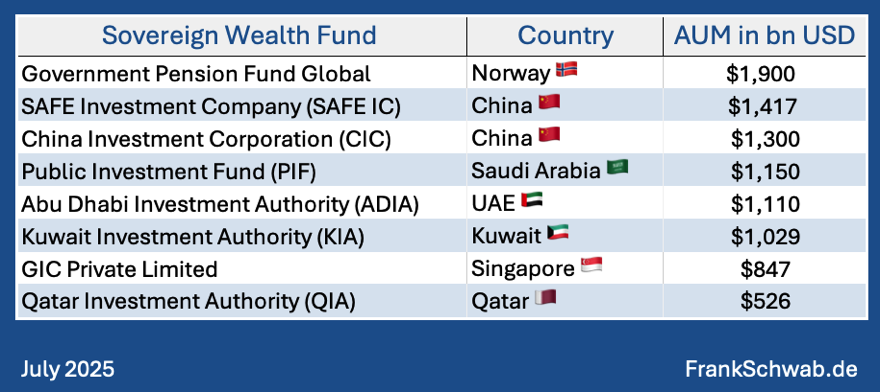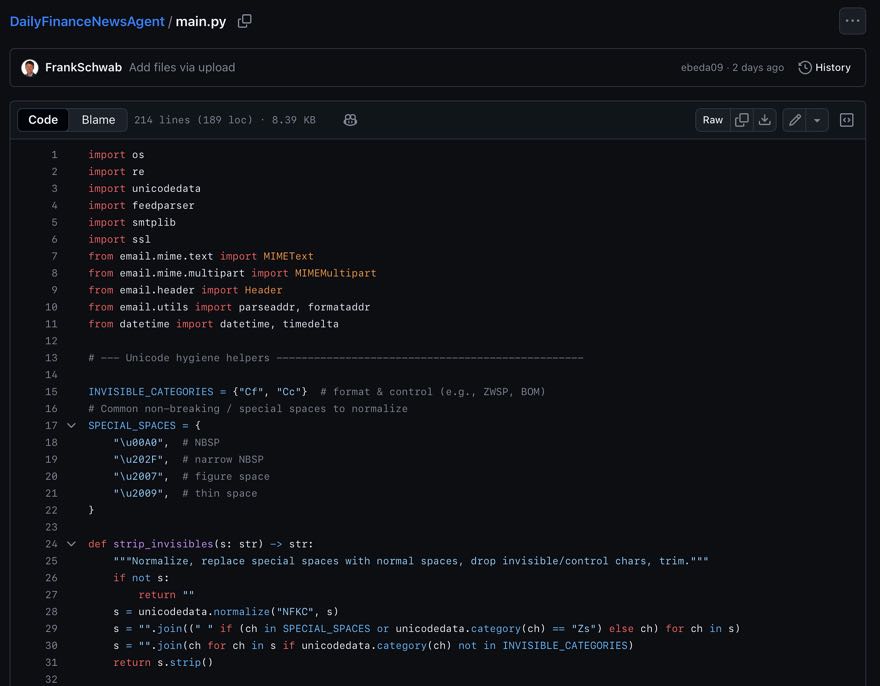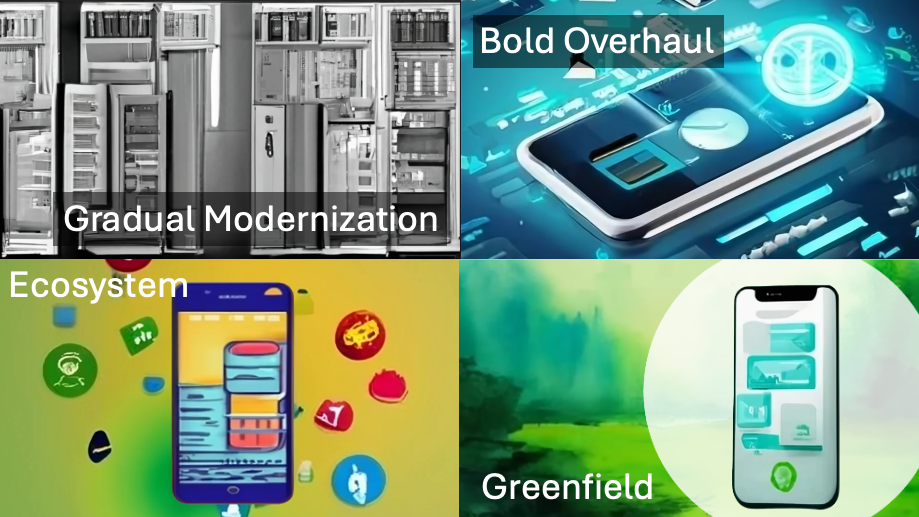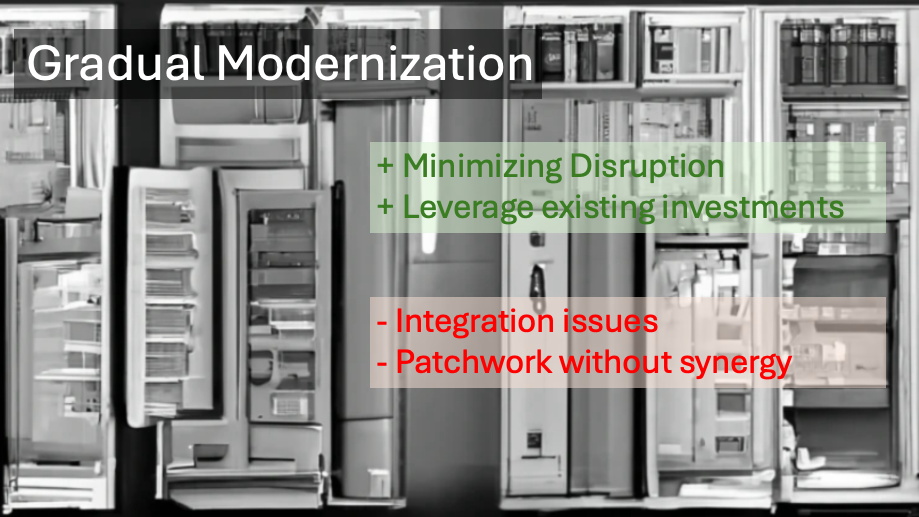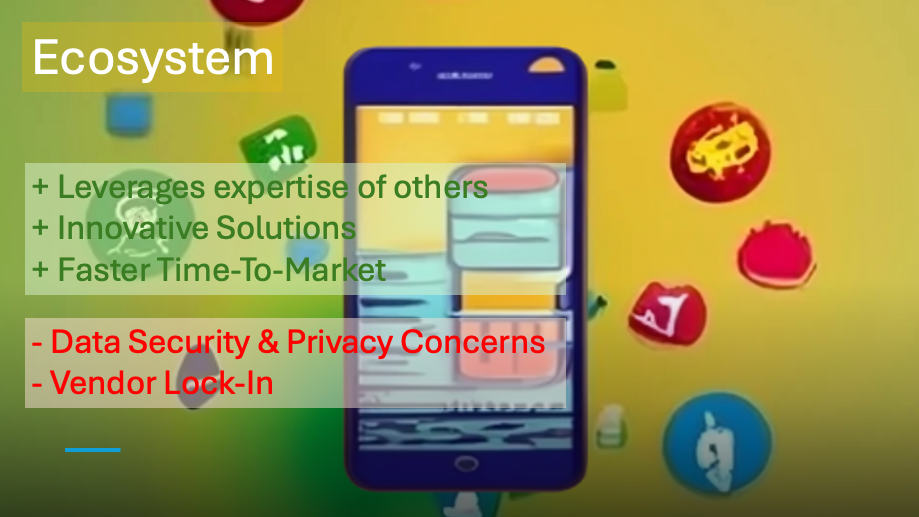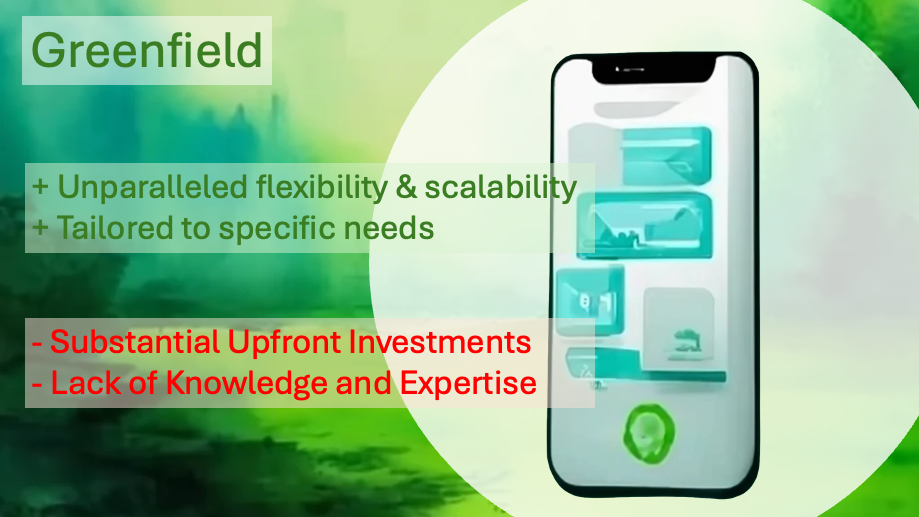Beyond 'Embedded AI'
AI as an Add-on, Not the Core
The financial services industry is in the midst of a profound transformation, driven by technological innovation and evolving customer expectations. At the heart of this evolution lies the core banking system (CBS), the foundational technology managing a bank's critical operations. As artificial intelligence (AI) matures and demonstrates its transformative power, its role within CBS is becoming increasingly central. While established CBS vendors and cloud-native players are integrating AI into their offerings, I believe a new wave of CBS providers will emerge with AI as their foundational strategy, disrupting the market by leveraging AI not only within the CBS itself but also in the crucial and complex process of migration.
The Flaw in "Embedded" Thinking
Existing CBS vendors, such as Temenos, Oracle FSS, and Infosys Finacle, have adopted an "embedded AI" approach. This typically involves augmenting their existing, often monolithic, systems with AI capabilities for specific functions like fraud detection, personalized recommendations, or operational efficiency. However, this strategy carries a significant limitation, akin to the early days of "embedded Internet" or "embedded mobile banking" features in non-native applications. Simply bolting on AI to legacy architectures leads to inefficiencies, data silos, and a failure to fully leverage AI's potential. The true power of the internet was realized not through embedding it into existing applications, but through the creation of entirely new, internet-native applications and paradigms. Similarly, the revolutionary impact of mobile banking came not from simply shrinking existing web pages onto phone screens, but from designing mobile-native apps that leveraged device capabilities and offered intuitive, on-the-go experiences. Fully realizing the potential of AI in core banking may necessitate a ground-up rethinking of the CBS, moving beyond mere augmentation.

The Rise of AI-Native Vendors
This is precisely where new CBS vendors can carve out substantial market share. These emerging players will build their core banking systems with AI as a fundamental architectural principle, not an afterthought. This means designing the entire CBS from the ground up to be AI-native, enabling real-time data processing, predictive analytics, and autonomous operations across all banking functions. Furthermore, a critical differentiator for these new entrants will be their use of AI for the notoriously challenging and costly CBS migration process. AI-powered migration tools can automate data mapping, identify and resolve inconsistencies, and significantly reduce the time, risk, and expense associated with moving from legacy systems. This dual AI strategy – AI in the core product and AI in the migration – will be a powerful competitive advantage.
The Promise of a Truly Intelligent Core
Banks contemplating a CBS transformation are increasingly aware of the complexities and potential pitfalls. The promise of an AI-native CBS, coupled with an AI-driven migration pathway, offers a compelling value proposition. They may choose to wait for such sophisticated vendors to emerge, or even consider building their own AI-first CBS, recognizing that the long-term benefits of a truly intelligent core could far outweigh the upfront investment. The agility, hyper-personalization, and operational efficiency promised by an AI-native CBS are no longer mere aspirations but increasingly essential for survival and growth in a competitive financial landscape.
The Dawn of AI-First Core Banking
While incumbent CBS vendors are integrating AI into their existing frameworks, the analogies of "embedded Internet" and "embedded mobile banking" suggest that this approach may not unlock AI's full transformative potential. The future of core banking lies with vendors and banks who design and build CBS with AI at their core, extending its application to the often-daunting migration process. This holistic AI strategy will allow them to successfully compete with established players and cloud CBS vendors, attracting banks eager for a truly intelligent, efficient, and future-proof core banking solution.
#Megatrends #42megatrends #CoreBanking #AI #BankingTransformation #AINative #Fintech #CoreBankingMigration
Published in CoreBanking, all on 10.06.2025 7:30 Uhr.


